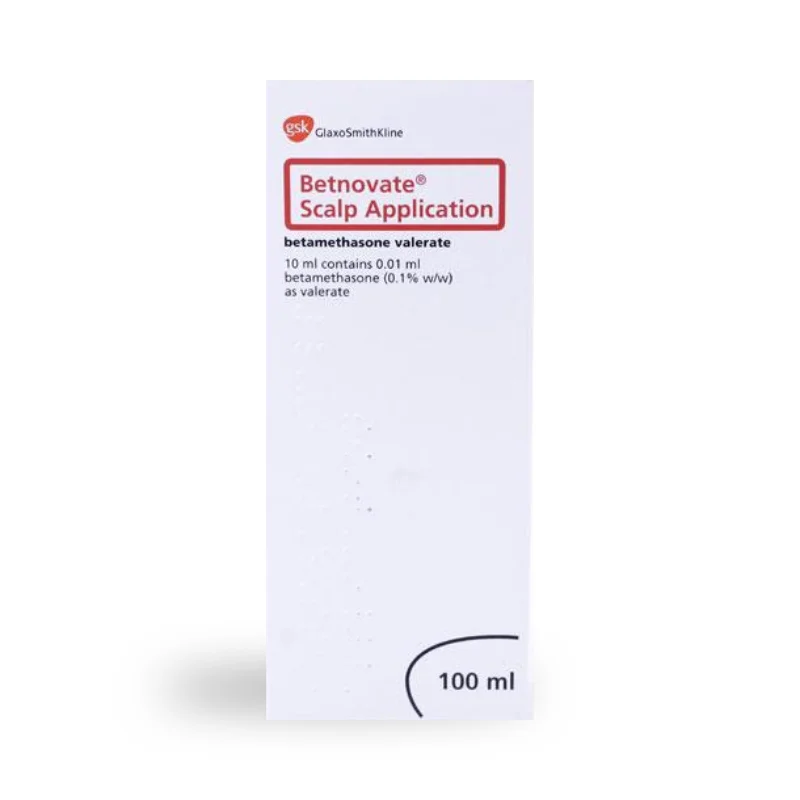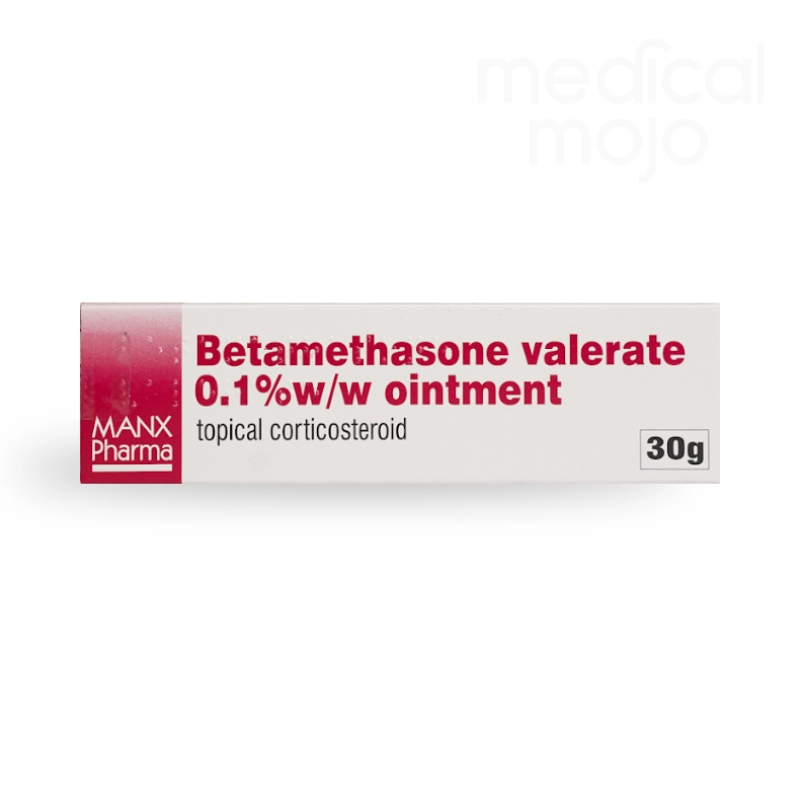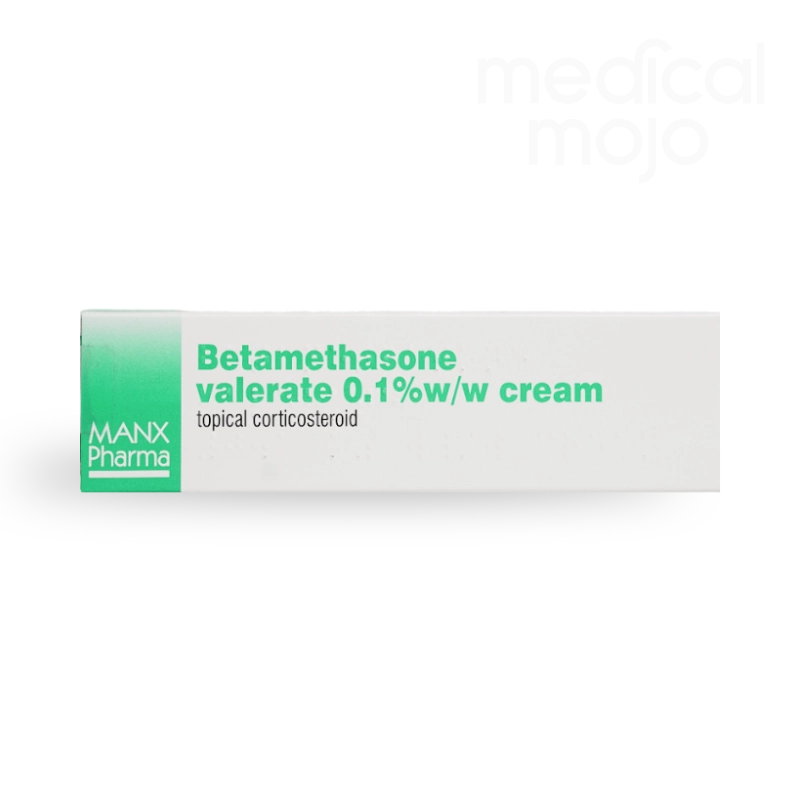What is eczema?
Eczema, also known as dermatitis, is a common chronic skin condition that affects millions of people, causing the skin to become dry, itchy, and inflamed. This condition can significantly impact your quality of life, leading to discomfort, disrupted sleep, and even limiting your daily activities. At Medical Mojo, we understand the challenges of living with eczema and are here to help you find effective treatments to manage your symptoms.
Eczema often affects specific areas of the body, such as the hands, elbows, knees, and face. For young children, it is common for eczema to affect the face and scalp. Although it can appear at any age, eczema is most commonly diagnosed in children, with many outgrowing the condition as they age. However, for some, it persists into adulthood, requiring ongoing management.
Types of eczema
There are several types of eczema, each with its own triggers and symptoms:
- Atopic eczema: The most common form, often associated with allergies, leading to dry, inflamed, and itchy skin. Atopic eczema typically affects the folds of the elbows, knees, and other areas prone to friction.
- Contact dermatitis: This occurs when the skin comes into direct contact with an irritant or allergen, leading to red, itchy, and sometimes blistering skin. It often affects the hands and face.
- Discoid eczema: Characterised by round or oval patches of irritated skin, this type is common in adults with dry skin. The patches can be itchy, oozing, and may leave scarring.
- Seborrhoeic eczema: Commonly affects the scalp, face, and chest, causing redness, scaling, and dandruff-like flaking. It is often linked to a yeast called Malassezia.
- Dyshidrotic eczema: Also known as pompholyx, this type causes small, itchy blisters on the hands and feet.
- Varicose eczema: Associated with poor circulation, this type affects the lower legs and can lead to chronic skin changes if untreated.
- Asteatotic eczema: Often found in older adults, this type results in cracked, dry skin, typically on the legs.
Causes and triggers
Eczema can be triggered by a variety of factors, including:
- Genetics: A family history of eczema, asthma, or hay fever increases the likelihood of developing eczema.
- Environmental Triggers: These include allergens (like pollen and pet dander), irritants (such as soaps and detergents), and temperature extremes.
- Stress: Emotional stress can exacerbate symptoms and trigger flare-ups.
- Skin Infections: Bacterial or viral infections can worsen eczema.
- Hormonal Changes: Women may experience flare-ups during pregnancy or their menstrual cycle.
Symptoms of eczema
The symptoms of eczema can vary depending on the type and severity, but they generally include:
- Dry, scaly, and itchy skin
- Redness and inflammation
- Cracked or thickened skin
- Small, fluid-filled blisters
- Areas of skin that are raw, sensitive, and prone to infection
How is eczema managed and treated?
Eczema treatment focuses on two primary approaches: emollients and steroid creams. These treatments aim to control flare-ups, keep the skin hydrated, and reduce irritation. Remember, when the skin is dry, it is vulnerable, and so the main aim of treatment is to ensure the skin remains hydrated and supple. Here’s how each plays a role in managing eczema:
1. Emollients
Emollients are moisturizers that keep the skin hydrated, soft, and less prone to itching. Regular use of emollients is crucial for all types of eczema, as it helps maintain skin health and prevent flare-ups. Emollients should be applied frequently—up to four times daily—especially after bathing when the skin is still damp. They come in various forms, such as creams, ointments, and lotions, each designed to suit different skin types and needs.
At MedicalMojo.co.uk, we offer a range of emollients designed to cater to mild, moderate, and severe cases of eczema. Some emollients, like Dermol Cream, also have cleansing properties and can replace regular soaps, which are often too harsh for sensitive skin. Using an emollient bath oil, such as Balneum Medicinal Bath Oil, helps you cleanse and moisturize without irritating the skin.
Emollient creams
Creams are generally lighter and suitable for daytime use as they absorb quickly into the skin and so are preferred by many purely for cosmetic reasons, they don’t leave the skin looking greasy. However, because they contain preservatives, some people may experience irritation over long-term use.
Popular emollient creams include:
- Balneum & Balneum Plus Cream
- Dermol Cream
- Diprobase Cream
- Doublebase Gel
- E45 Cream
- Epaderm Cream
- Hydromol Cream
- Oilatum Cream
Emollient ointments
Ointments are preservative-free and often thicker and greasier, making them ideal for nighttime use or for very dry and thickened skin. Due to their heavy consistency, they are not recommended for weeping skin, as they lock in moisture more effectively than creams or lotions. Also because they tend to leave the skin greasy, many people find that they are not cosmetically appealing.
Common emollient ointments include:
- Diprobase Ointment
- Epaderm Ointment
- Hydromol Ointment
Emollient lotions
Lotions are lighter than creams and ointments, making them suitable for hairy body areas. However, they are less effective as moisturizers than creams or ointments.
Examples of emollient lotions include:
- Aveeno Lotion
- Dermol 500 Lotion
- E45 Lotion
Special emollient products for bath and shower
In addition to moisturizers, emollient bath and shower products help cleanse the skin without stripping it of moisture.
Popular bath and shower products include:
- Hydromol Bath and Shower Emollient
- E45 Emollient Shower Cream
- Dermol 600 Bath Emollient
- Dermol 200 Shower Emollient
- Doublebase Emollient Shower Gel
- Doublebase Emollient Bath Additive
- Cetraben Emollient Bath Additive
- Balneum & Balneum Plus Antipruritic Medicinal Bath Oil
- Aveeno Body Wash
2. Steroid creams
Steroid creams, or topical corticosteroids, and are extremely effective for treating short periods during eczema flare-ups to reduce redness, inflammation, and itching. These treatments are applied directly to the affected area and help calm the skin quickly. Steroid creams come in varying strengths, and the right type depends on the severity of your eczema and the location on the body.
Mild steroid creams are typically recommended for sensitive areas like the face and folds of the skin, while stronger steroids may be used for thicker skin on the hands or feet.
At MedicalMojo.co.uk, we offer a selection of corticosteroid creams to suit different needs:
- Hydrocortisone Cream 1% (mild strength)
- Eumovate Cream and Ointment (Clobetasone) (moderate strength)
- Betnovate Cream and Ointment (Betamethasone) (strong strength)
For scalp conditions, stronger corticosteroids such as Betnovate Scalp Lotion and Elocon Scalp Lotion are available.
3. Antibiotic preparations
If eczema becomes infected, a combination of antibiotics and corticosteroids may be necessary to clear the infection and reduce inflammation. These treatments are typically used for short periods and only under medical guidance.
Examples include:
- Fucibet Cream (Betamethasone & fusidic acid)
- Fucidin H Cream (Hydrocortisone & fusidic acid)
Managing eczema effectively
By combining the use of emollients for daily moisture with corticosteroids for flare-ups, you can control eczema symptoms and prevent further irritation. If emollients and steroid creams aren’t enough, seeking help from a dermatologist may be necessary to explore more advanced treatment options.
At MedicalMojo.co.uk, we offer a comprehensive range of treatments to help you manage eczema effectively, ensuring you can find the right product to suit your skin type and severity level.
Managing eczema involves a combination of self-care practices and treatments tailored to your specific needs:
- Emollients: Regular use of moisturizers (emollients) helps keep the skin hydrated and forms a protective barrier against irritants. These can be in the form of creams, ointments, or lotions, and should be applied several times a day, especially after bathing.
- Topical Corticosteroids: These are anti-inflammatory creams and ointments used during flare-ups to reduce redness, swelling, and itching. They vary in strength, so it’s important to use the right type as prescribed by your doctor.
- Antihistamines: These can help reduce itching, particularly at night, improving sleep quality.
- Bath Oils and Shower Gels: Specially formulated products that cleanse the skin without stripping it of natural oils, helping to manage eczema more effectively.
- Lifestyle Changes: Identifying and avoiding triggers, maintaining a balanced diet, and managing stress can significantly reduce the frequency and severity of flare-ups.
- Prescription Treatments: For more severe cases, your doctor may prescribe stronger medications or refer you to a dermatologist for specialist care.
Preventing eczema flare-ups
Preventing eczema flare-ups involves maintaining a consistent skincare routine and avoiding known triggers:
- Keep the skin moisturized: Apply emollients regularly, especially after washing.
- Avoid harsh soaps and detergents: Use gentle, fragrance-free products.
- Wear soft, breathable fabrics: Cotton is preferable over wool or synthetic materials.
- Avoid temperature extremes: Keep your home environment at a comfortable temperature and humidity level.
- Manage stress: Engage in activities that help reduce stress, such as exercise, meditation, or hobbies.
Why choose Medical Mojo for eczema treatment?
At Medical Mojo, we offer a wide range of effective treatments for eczema, including prescription-strength creams, emollients, and antihistamines. Our service is discreet and reliable, ensuring that you receive your products quickly and conveniently. With our expert guidance, you can find the best treatment options to manage your eczema and improve your quality of life.
Start your online consultation today to discover the right eczema treatment for you. Let Medical Mojo help you take control of your skin health and live more comfortably.



